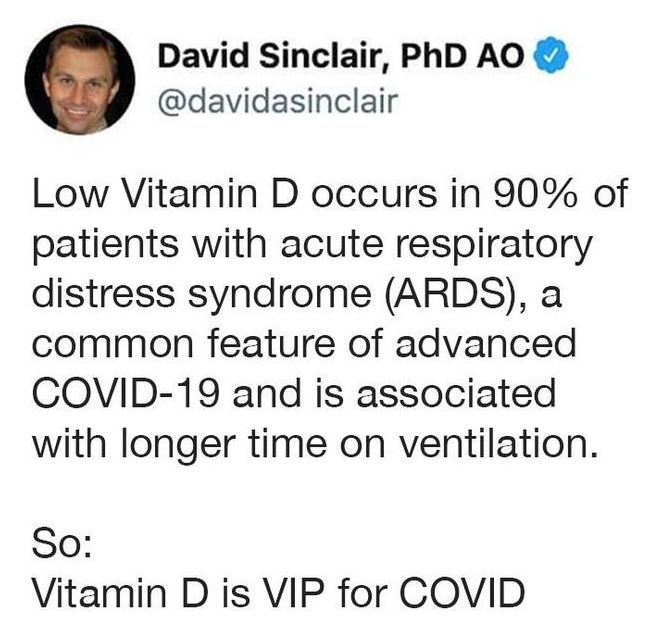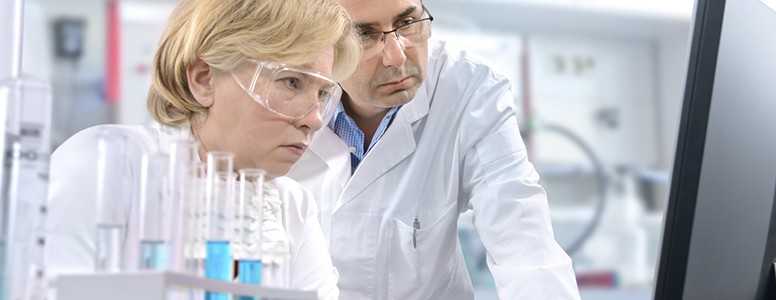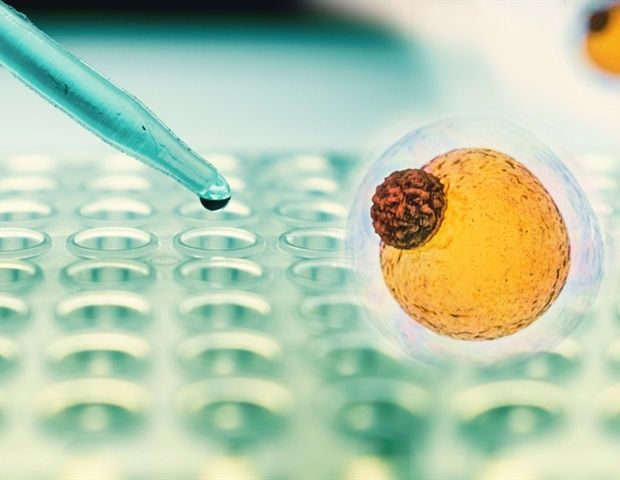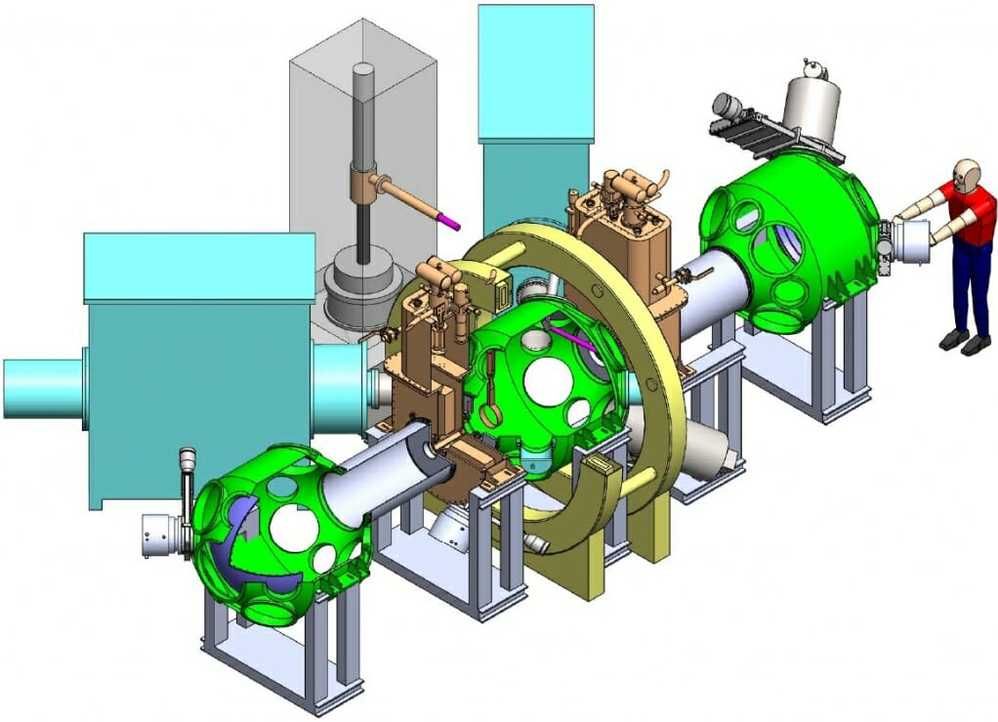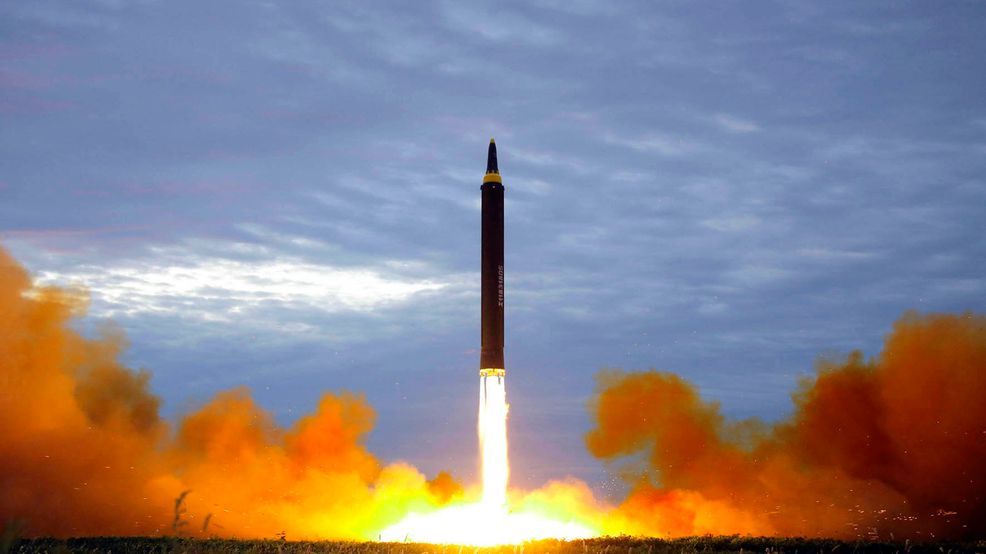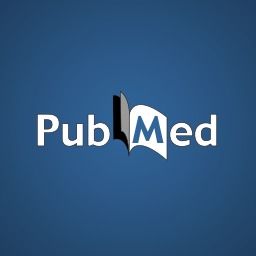Apr 14, 2020
Exercise restores youthful properties to muscle stem cells of old mice
Posted by Paul Battista in categories: biotech/medical, life extension
A nightly jaunt on the exercise wheel enhances muscle-repair capabilities in old mice, according to a new study by researchers at Stanford School of Medicine.
Only older mice saw this benefit, which the researchers found is due to the rejuvenation of the animals’ muscle stem cells.
“The effect in old animals is very significant,” said Thomas Rando, MD, Ph.D., professor of neurology and neurological sciences and director of Stanford’s Glenn Center for the Biology of Aging. “We found that regular exercise restores youthfulness to tissue repair. Their muscle stem cells start to look and behave like those of much younger animals.”

